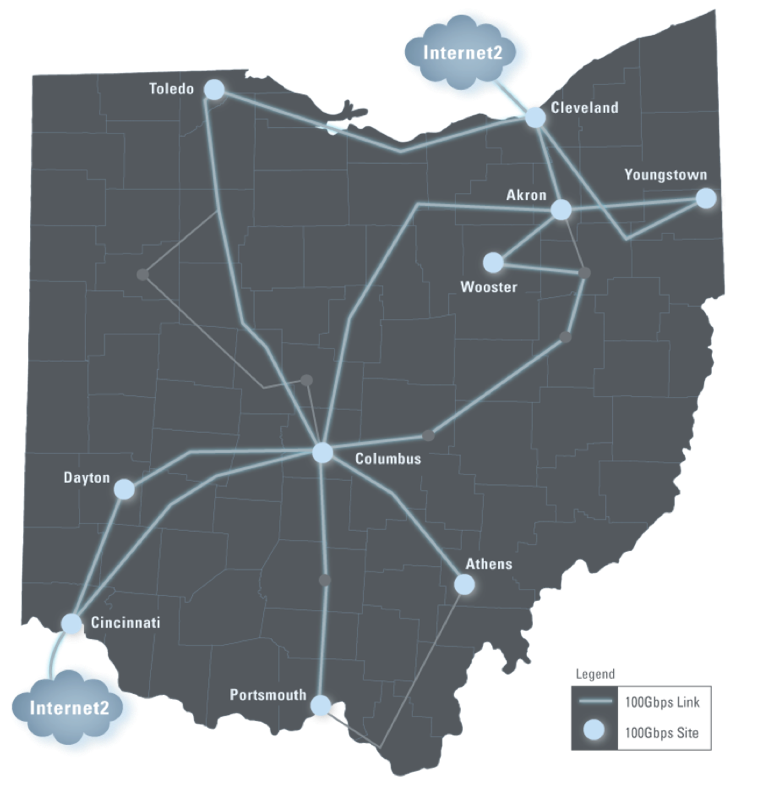Case Western Reserve University Connects to 100-Gigabit Network
Superfast Internet isn't limited to cities with Google Fiber anymore. Case Western Reserve University — alma mater of Gmail creator Paul Buchheit and Craigslist founder Craig Newmark — is set to bring 100 Gbps Internet to its campus as part of a grant from the National Science Foundation.
For a college so focused on research, the vastly improved network will enable researchers and faculty members to move enormous amounts of data very quickly. While it's unlikely that speeds will actually reach 100 Gbps, even one-tenth of that would be a tenfold increase over current speeds. In a university press release, Dan Mathews, Case Western's manager of network engineering and security, said, "Giving researchers access to 10 Gbps network path will mean reducing transfer times from three hours to 20 minutes when working with a 1 Terabyte dataset." The enhancements will also provide access to supercomputers around the country and to a network of other research universities.
Here are a few of the research initiatives that will benefit from the superfast network:
- Development of real-time MRI techniques, in which images for surgical procedures can be delivered immediately to a surgeon from a remote data center
- Advances in structural biology and hybrid methods that facilitate molecular characterization of challenging biological systems, including membrane proteins, receptors and engineered viral vectors
- Development of new radiation detection and detector media purification techniques that could impact future medical imaging, nuclear nonproliferation and industrial processes
To put 100 Gbps speeds in perspective, the Ohio Academic Resources Network (OARnet) assembled a fact sheet to compare the "unfathomable" speed to standard broadband:
- Data equivalent to 80 million file cabinets filled with text can be transferred daily
- Every one of Ohio's 1.8 million enrolled K-12 students could download an ebook simultaneously in just over two minutes
- 300,000 X-rays can be transmitted in just one minute
- 8.5 million electronic medical records can be transmitted in 1 minute
- Smartphone data can be sent at 50,000 times faster than current average speeds
OARnet has invested $13 million in infrastructure to connect 10 cities in Ohio to the Internet2 Network, an optical-fiber network operated by nonprofit Internet2. OARnet and Internet2 hope to help other Ohio colleges upgrade soon.









